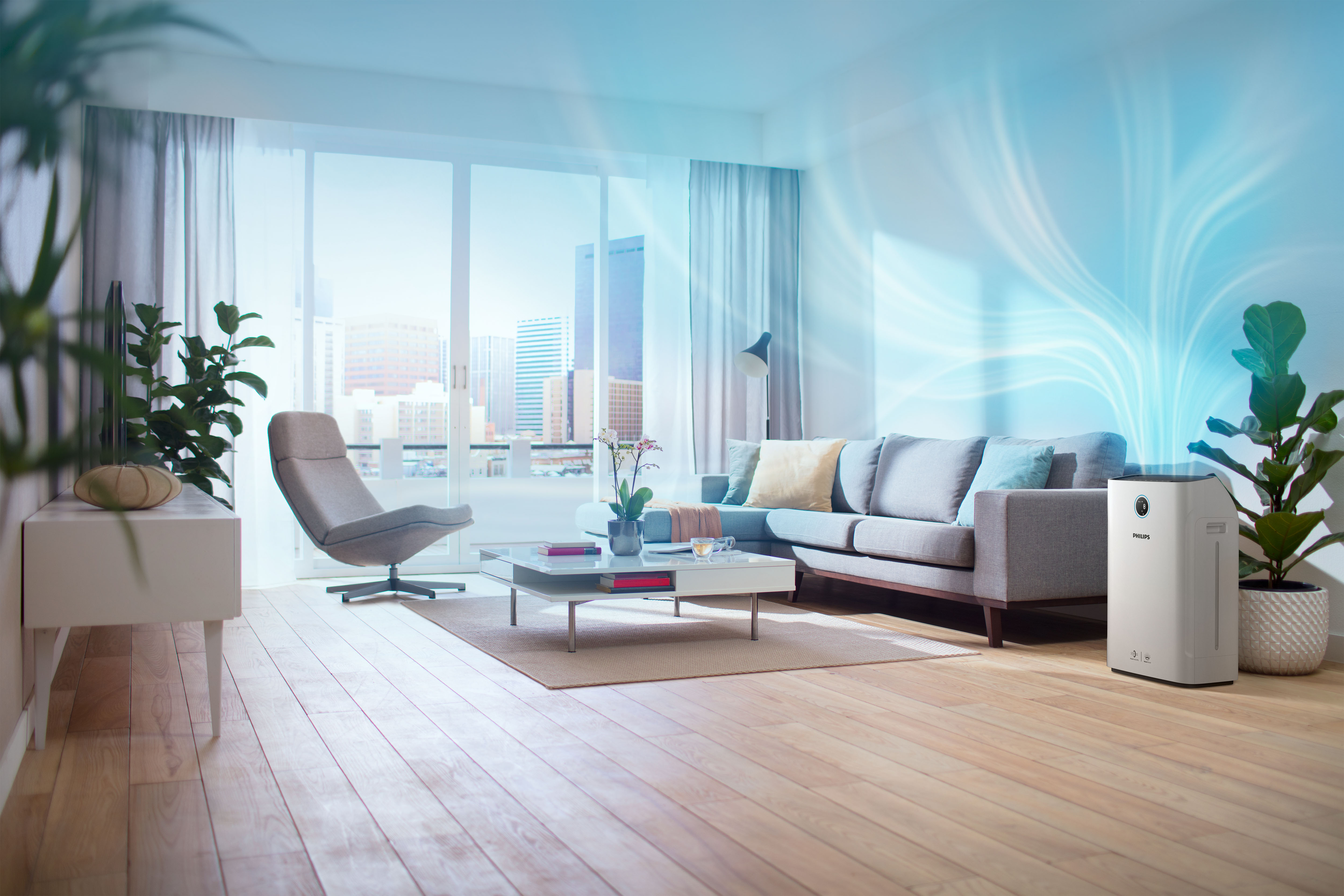The Importance of a Healthy Home Environment
Maintaining a healthy home environment is essential for the well-being and overall quality of life for you and your family. One crucial aspect of a healthy home is ensuring clean air and promoting indoor wellness. Indoor air pollution can have adverse effects on respiratory health, allergies, and even cognitive function. By implementing a few simple tips and practices, you can create a healthier living space for everyone.
1. Keep Your Home Clean and Clutter-Free
Regular Cleaning
Regular cleaning is essential to minimize dust, allergens, and other pollutants in your home. Vacuum carpets and rugs frequently, using a vacuum cleaner equipped with a HEPA filter to trap smaller particles effectively. Dust surfaces regularly using microfiber cloths or electrostatic dusters that attract and retain dust better than traditional methods.
Decluttering
Clutter can impede proper airflow and harbor dust and allergens. Regularly declutter your home, organizing belongings and getting rid of unnecessary items. Pay special attention to areas prone to accumulation, such as closets, basements, and garages. Keeping a clutter-free home will not only improve air quality but also create a more serene and calming environment.
2. Ventilate Your Living Space
Natural Ventilation
Open windows and doors whenever possible to allow fresh air to circulate through your home. Natural ventilation helps remove indoor pollutants and brings in clean outdoor air. In areas with favorable weather conditions, consider installing window screens to prevent insects from entering while keeping the windows open.
Mechanical Ventilation
In cases where natural ventilation is limited, mechanical ventilation systems can be beneficial. Installing exhaust fans in kitchens and bathrooms helps remove excess moisture, odors, and pollutants. Additionally, consider using air purifiers with HEPA filters to further improve air quality in specific rooms.
3. Monitor and Control Humidity Levels
Humidity Control
Maintaining optimal humidity levels is crucial for preventing the growth of mold, bacteria, and dust mites. Use a hygrometer to monitor humidity levels and aim to keep them between 30% and 50%. If necessary, utilize dehumidifiers in humid areas and humidifiers in dry regions to achieve the desired balance.
Preventing Moisture Accumulation
Moisture accumulation can lead to mold growth and water damage. To prevent this, promptly repair any leaks or water damage in your home. Ensure proper ventilation in areas prone to moisture, such as bathrooms and kitchens. Use exhaust fans or open windows while cooking, showering, or running the dishwasher to reduce excess moisture.
4. Choose Low-VOC Products
Avoid Volatile Organic Compounds (VOCs)
Volatile Organic Compounds (VOCs) are chemicals found in many household products that can emit harmful gases. Opt for low-VOC or VOC-free alternatives when purchasing paint, cleaning supplies, furniture, and other household items. Look for products labeled with environmentally friendly certifications to ensure they meet safety standards.
Air Out New Purchases
Newly purchased items, particularly furniture and carpets, may release VOCs into the air. Before bringing them into your home, air them out in a well-ventilated area or garage. This process helps reduce the concentration of harmful chemicals before they enter your living space.
5. Maintain HVAC Systems
Regular HVAC Maintenance
Regular HVAC maintenance is essential for ensuring clean air and optimal functioning of your heating, ventilation, and air conditioning systems. Schedule regular inspections and cleanings by professionals to remove dust, debris, and potential mold growth. Replace filters regularly according to the manufacturer's guidelines to prevent clogged filters from circulating pollutants back into the air.
Consider Air Purification
In addition to HVAC maintenance, consider installing air purification systems. High-efficiency particulate air (HEPA) filters can effectively capture small particles, including allergens, dust, and pet dander. Electronic air purifiers can help eliminate odors and neutralize harmful gases.
6. Embrace Natural Cleaning Solutions
Chemical-Free Cleaning
Many conventional cleaning products contain harsh chemicals that can contribute to indoor air pollution. Explore natural cleaning alternatives such as vinegar, baking soda, and lemon juice. These substances are effective in cleaning and disinfecting surfaces without releasing harmful fumes into the air.
Green Cleaning Products
If you prefer ready-to-use cleaning products, opt for eco-friendly and non-toxic options. Look for cleaning products labeled as environmentally friendly, biodegradable, or certified by reputable organizations. These products are formulated to minimize the release of harmful chemicals and provide a healthier cleaning experience.
Conclusion
Creating a healthy home environment is crucial for promoting clean air and indoor wellness. By implementing the tips mentioned above, such as keeping your home clean and clutter-free, ventilating your living space, controlling humidity levels, choosing low-VOC products, maintaining HVAC systems, and embracing natural cleaning solutions, you can significantly improve the air quality in your home. Prioritizing the well-being of your household members by creating a healthy indoor environment will contribute to their overall health and happiness.
